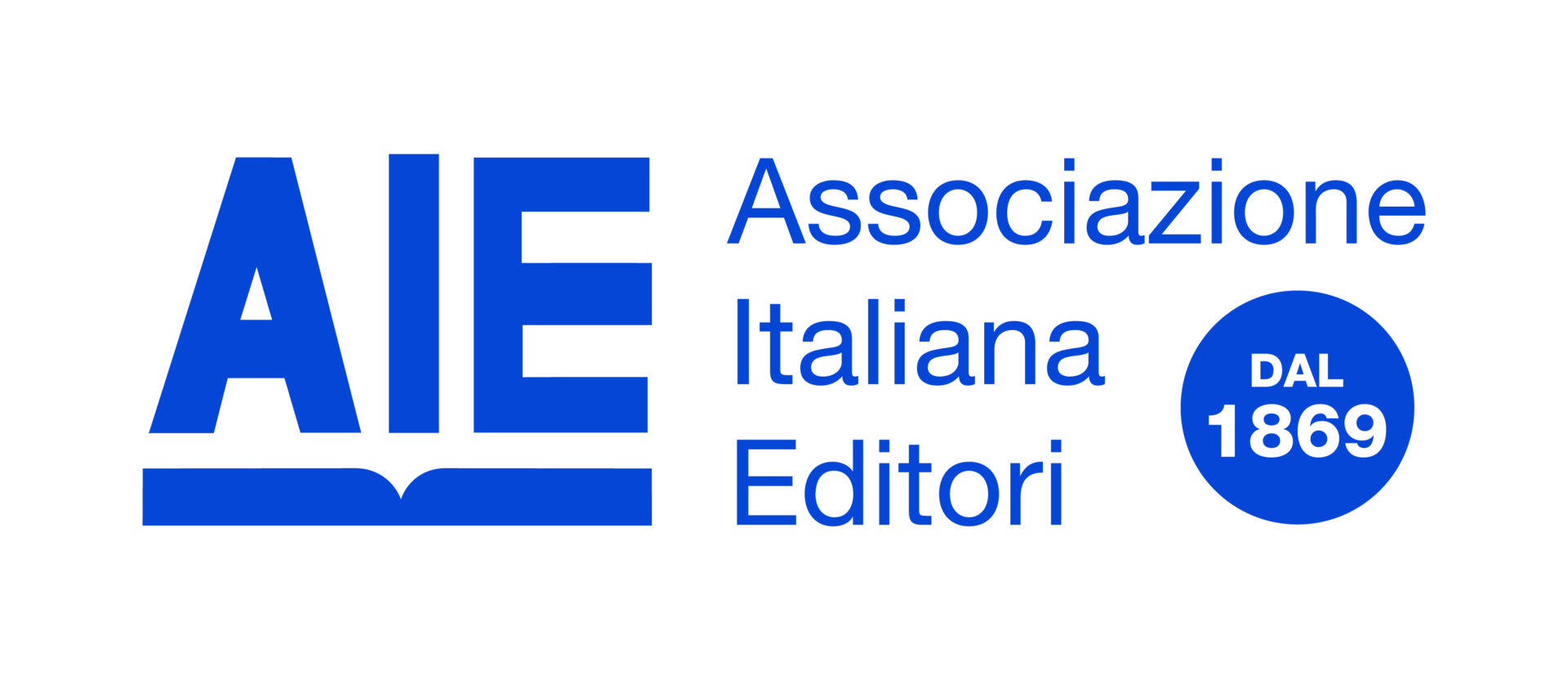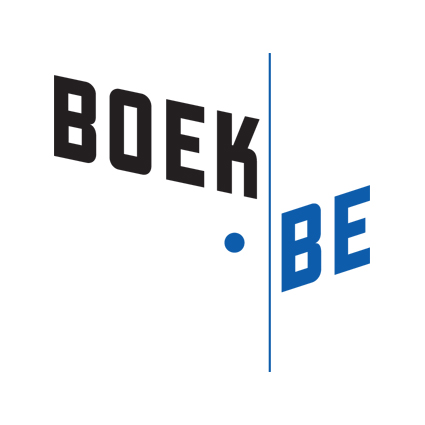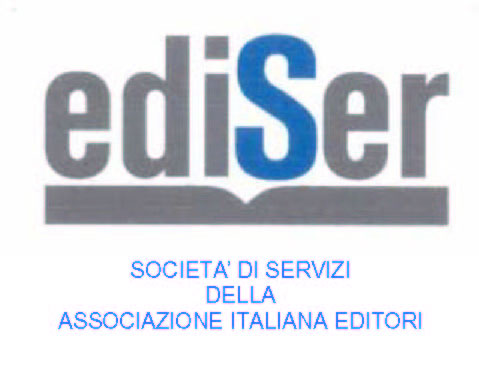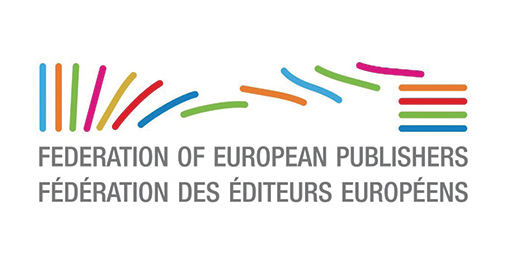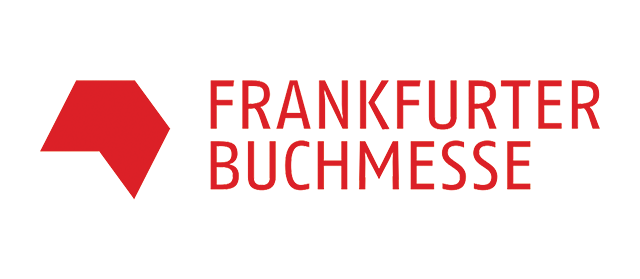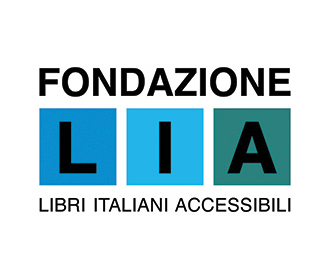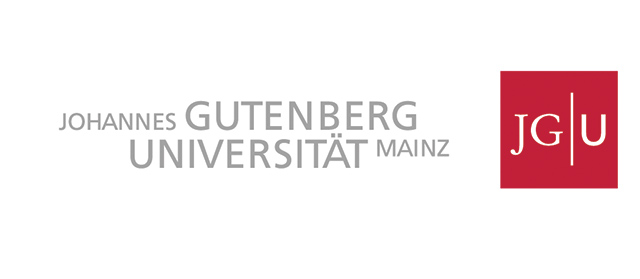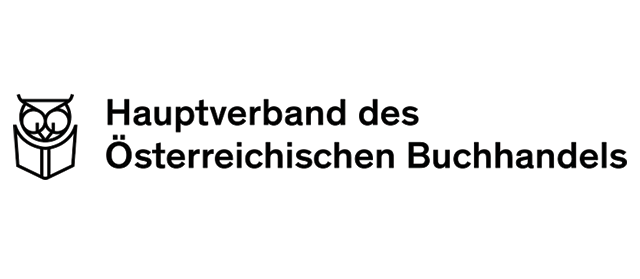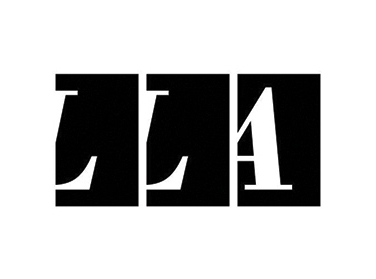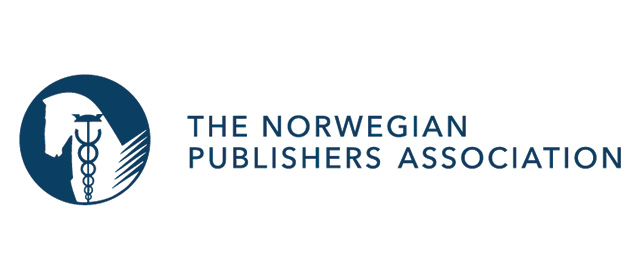On 6 February 2020, the Federation of European Publishers organised an Aldus session on “Are audiobooks transforming the publishing landscape?”, as part of its Winter Meeting in Brussels. FEP President Rudy Vanschoonbeek welcomed the participants and introduced the topics of the session, saying a few words on the rising audiobook phenomenon and introducing the speakers.
Enrico Turrin presented the data collected so far by FEP, through desk research and members’ surveys, on the recent development of the audiobook market, which seems to have taken by storm many territories. A study by the American Audio Publishers Association, Bookworld and the Bologna Children’s Book Fair estimated publisher turnover from audio-books in the US in 2018 of 940 million USD, an increase by24.5% in value, 27.3% in volume, with 91.4% of audiobook revenues coming from digital formats, and 44,685 new titles published. The same study reported 500 million USD of publisher audio-book revenues in Europe in 2017, and 470 million USD in China. The study identifies the US, China and the Nordic countries as “key areas” of growth; the UK and Germany, with respectively 14 and 16 million units sold in a year, as “audio strongholds”; France and Russia as “developing markets”; and Spain, India and Italy as “emerging markets”. Meanwhile, Deloitte projects audiobook market growth at 25% in 2020, reaching a total value of 3.5 billion USD, and predicts double-digit growth to continue for a few more years, with audio-books overtaking ebooks in sales in the US in 2023.
Mr Turrin then moved on to data gathered from FEP members. In Finland, audiobooks made up 10% of the market in 2019, almost 90% sold via subscription-based models; growth is very fast. In the UK, growth is also strong – 200% in the last 5 years; sales in 2018 reached 69 million GBP, 2% of the total market, while 15% of people listened to an audiobook in 2019, with sales up 43%. In Sweden, almost 50% of books sold in the first half of 2019 were digital, most of them audiobooks; they represent 20% in value, and sales by unit are in decline in sales as streaming is by far the main model. In Denmark, sales amounted to 13.4 million € in 2018 (5.8% of the total, 28.3% of digital sales), and audiobooks have overtaken ebooks; the market grew 16% since 2017, 56% since 2016 and here, too, most sales are via streaming, with some 40% of accesses happening via library loans. In Italy there were 4 million audiobook users in 2019 (+28%), who listen to 3.1 audiobooks on average per year. In France, 14% of people listened to audiobooks in 2018, and 7% intended to; the market grew 50% since 2014. The one market that seems so far immune to the audiobook fever is Spain: the market share was 0.3 % in 2016, 0.4% in 2017 and decreased to 0.1% in 2018, with 3% of people (over 14) listening to audiobooks at least once per trimester in 2019 (2.7% in 2018).
Mr Turrin made a few broader considerations about the rise of audiobooks and its implications for the industry. Marketing strategies will be very important: how many titles to produce, which ones, how often. And there is a risk of cannibalisation of sales, but more of ebooks than of print – as data from the US seem to indicate so far. The choice of the business model will also be crucial: subscriptions or unit sales? The former seem to be the trend. Meanwhile, Penguin Random House has withdrawn from audiobook subscription services, fuelling speculation. Production is affected, and with it the cost structure, for example with the need to pay for performers and the increasing engagement of A-list talent to read out audiobooks. At the same time, there are signs that audiobooks could be attracting new audiences (for example among the young males in their 20s). Market drivers will include the evolution of smart speakers, while the link with long commutes remains strong. Piracy will constitute a major threat, with YouTube likely playing an important role.
From a tax point of view, Mr Turrin recalled that audiobooks are meant to be included in the scope of the Directive on reduced rates of VAT on digital publications. Audiobooks on physical support were the trigger for the previous reform of VAT rates for books of 2009 – a previous victory by FEP on the subject before the most recent one. However, the choice remains with the tax authorities, who can maintain different rates as long as they prove that they’re applied to different products and services. France just recently included audiobooks in the scope of reduced rates, for example. FEP will adapt its statistics questionnaire with a separate entry for audiobooks.
Kristina Ahlinder, Director of the Swedish Publishers Association, made a presentation on the Swedish book market, focusing on the ongoing shift from print to digital. Mrs Ahlinder first provided the most recent market figures, from 2019: as the number of copies sold rose by 4.9%, the whole increase comes from sales via subscription services, whereas all other channels (physical and online stores, supermarkets) reported falling sales volumes; revenue increased by 1.1%, and sales via streaming services increased by 36,4 % in value, and now constitute 20% of total revenue. Audiobooks make up almost all of digital sales, while ebook sales remain low and the great majority go to libraries.
Audiobooks have a long history in Sweden, with tapes appearing already in the 1950s and audiobook clubs being popular in the 1990s; mobile phones were used to listen to audiobooks in the early 2000s, ands now, in the smartphone era, there are four audiobook services on the market. 48 % of all books sold are digital (data 2019), primarily streamed audiobooks via subscription services (Storytel, BookBeat, Nextory, Bokus Play); 8 % of them are ebooks. Digital sales involve a lot of backlist titles, sold much cheaper than print books. The typical audiobook subscriber is female, aged 25-44 and highly educated.
The drivers of the users’ turn towards audiobook include a need for company – an unexpected key factor, while resistance to reading and need to multitask are not significant; user-friendliness and the option of reading a sample also bring people to audiobooks, and many readers combine different formats. In any case, books remain small compared to total media consumption, and paper books still dominate reading, while authors are increasingly adapting their texts to the audio format.
In summary: falling sales of printed copies are being replaced by rising digital sales that generate lower revenue; the publishers’ difficulty in making the economics add up is leading to redundancies and fewer book launches. All professional book publishers are affected, and the sector is adapting to the audiobook format. Since great interest in stories remains, there is hope for finding a way to a better functioning market in the long term, because it benefits everyone.
Pedro Sobral, General Manager of Grupo Leya and Vice-President of the Portuguese Association of Publishers and Booksellers, spoke about the plans of Portuguese stakeholders to benefit from the new market opportunities brought about by the rise of audiobooks. Mr Sobral started with a market overview: according to Deloitte, the entertainment marked is poised to grow 3% in 2020 overall, with books in third place globally; book sales will grow 2-3% altogether, and audiobooks 25%. Amid fast-growing headphone sales in the US, the audiobook market is expected to reach 1.8 billion USD in 2020 – the Chinese should get to 1 billion USD (more than doubling in 2 years). Meanwhile, the first semester 2019 saw print book sales in the US increase by 2.5%, audiobook sales by 34% – with ebook sales down 4%. The audiobook market is still small but has big potential, and podcasts are also expanding very fast. Listeners skew towards young, educated and employed.
Mr Sobral argued that publishers were in competition with digital entertainment services and social media (Netflix, YouTube, Spotify and the like) for a share of users’ time, which called for a change of paradigm. Indeed, data reveal a digital service overlap: for example, 71% of audiobook users watch Netflix, 76% listen to Spotify, though just 30% watch HBO Nordic. Young people are now used to multiple subscriptions.
Mr Sobral explained that his company’s strategic decision had been to go from audiobooks to “audiotainment”; in a small market, in which 45% of books sold are children’s book (therefore mostly gifts), and more than half of all sales happen at Christmas, which after difficult times grew 3% in 2019, Leya reflected about how to gain new markets. The company thus created content clusters: editorial – audiobooks, ebooks; entertainment – fast content, including originals, documentaries; news; podcasts; financial information. In the editorial domain, Leya’s plan is to contract and produce its own content and third-party content. A partnership with an external studio allows it to have a production pipeline of 25 audiobooks per month, to which studio production capabilities in Leya’s facilities are added to enhance production. Leya is including all book contracts audio clauses for a streaming business model. Leya will also sell legal and production services to other publishers who wish to enter the audio business with manageable set-up costs.
The elements taken into account by Leya in devising its strategy, explained Mr Sobral, included the significant share of non-fiction titles in the Portuguese audiobook market. Thinking about the business and distribution platform to use, Leya reckoned that if they were audio publishers only, the very low and variable revenue share would probably not be enough to sustain a company. The strategic approach relied on a thorough reflection: owning only content means depending on distribution, resulting in high costs and low margin; owning a platform also entails high risk, as with increased control comes treading on an unfamiliar territory and high costs (also for marketing); an exclusive deal with a platform is another option; being content owner and third-party aggregator mitigates some issues but creates others (such as the need to be competitors in print and partners in audio). The choice in the end was to become content owner and third-party content aggregator with strategic partnerships with a subscription-based platform and telecom operator on a revenue share model: Leya is the content provider and aggregator, the platform acts as audio platform and store provider, the telecom as commercial, marketing and billing provider. Content bundles are an interesting model for telecoms. Leya aimed at minimising initial fixed costs, maximising content control, getting a slice of the subscription revenue and avoid huge marketing costs at the beginning; the model, which will be tested, will be that of an unlimited access flat-rate subscription.
Huub van de Pol, Founder of Luisterrijk and Luisterhuis, recounted his experience as audiobook entrepreneur in The Netherlands. Mr van de Pol started with some basic information about audiobooks: audiobook files are 100 times larger than the equivalent ebook files (usually 500 MB vs 5 MB); they require more and different metadata (narrators, audio sample, track/time code-based table of contents); there is no industry standard packaging and distribution format like EPUB (but W3C and EDRLabs are working on that); publishers, studios, distributors, and retailers are just now getting used to all the audio specifics in the content production workflow.
He then provided some historical background: the Dutch market began in 2005, there were no digital audiobooks, only audiobooks on CD (1500 titles); most CD audiobooks were produced by one publisher, based on sub-licensed rights. In 2006 the webshop Luisterrijk was founded, the first ‘a la carte’ audiobook download webshop (launched with fewer than 100 titles), and by 2010 some 1,000 digital audiobooks were available, and the company had become profitable. Back then, nobody had the rights for audio; Luisterrijk negotiated with publishers who were willing and able to negotiate with authors.
In 2011 a new chapter started: sustained market growth required multiple outlets and coordinated distribution, and as Centraal Boekhuis, the Dutch main book and ebook distributor, was not interested in digital audiobooks, Luisterrijk created Luisterhuis, a B2B aggregation and distribution service, in fact a competitor to themselves in the field of digital audiobooks. In 2013, public libraries started audiobook lending with the LuisterBieb app; in 2016, Storytel launched its audiobook subscription service in The Netherlands, their first country outside Scandinavia; in 2018, publishers started cancelling third-party sub-licensing to produce audiobooks themselves; and in 2019, Kobo and KoboPlus entered the Dutch market, together with retail partner Bol.com, offering both a la carte audiobook download sales and ‘all you can eat’ flat fee audiobook subscription services. Data depict a decade of growth for audiobook titles in The Netherlands, with a marked acceleration in 2017; 2500 new titles are expected for 2020, reaching almost 10,000 in total; 0.2% of the market is audio now, but in 2021 the share should get to some 5% (like ebooks).
Mr van de Pol provided an overview of the current Dutch audio market for a la carte downloads: the average RRP is 15 € (with VAT), the business model is the traditional per unit one, with an average publisher margin of 60%; VAT is now 9% since January 2020 (used to be 21%), and it is 6% in Belgium since April 2019 (used to be 21% as well); titles are available as MP3 download to own (webshops like Luisterrijk, Libris) and through closed ecosystems Kobo, Google Play Books, Apple Books (very few titles). He then illustrated the basic facts about subscription services: multiple “all you can eat” services are available (Storytel, cheaper than Sweden, with different models – they look at what people would pay; KoboPlus, Cliffer; BookBeat) and more will come; the issue is hot and the Netherlands is where the next fight will take place – mainly because Amazon is not there. All work on a revenue share basis, completely different from models based on sales, with no percentage to work with, and variable pay-out for publishers and authors. It becomes necessary to trust a company about its declared profits, and the model makes many authors wary; moreover, for now turnaround and pay-out are huge but they might not remain so forever. Other subscription services exist with different models: Bookchoice offers book club (curated) services (not unlimited, cheaper), whereas credit/token-based services (Audible-like) are not present for the time being. As for library services: LuisterBieb offers a € 42 yearly subscription for a digital audiobook and ebook library (higher fee if combined with traditional local library subscription); lending period is 3 weeks, with a 3-week optional extension, giving access to 10 audiobooks simultaneously; it is operated by the Dutch Royal Library; the business model consists of a single copy purchase, for multiple users, on a pay-per-lending basis, for which publishers and the Royal Library negotiate the lending fee. Usually there is a window time for bestsellers. The installed base is around 200,000 apps (iOS and Android); there were 1.3 million audiobook loans in 2018 and 2019 will record an increase, likely to 2 million. A library service is just getting started in Flanders: the preferred system supplier is cloudLibrary from Bibliotheca; the lending period is 6 weeks for 2 audiobooks simultaneously; it is launching with a selection of titles from 10 Dutch and Belgian publishers.
A new story is beginning in 2020: Centraal Boekhuis acquired Luisterhuis and started integrating all services; this means there is now a single online portal for management of metadata, distribution and analytics for books, PoD, ebooks and audiobooks for all Dutch and Flemish publishers. There are great expectations for 2020 and beyond: growth will continue (some 10,000 titles in Dutch are on the market from more than 200 Dutch and Flemish publishers; ebooks are some 40,000), the audiobook market value will exceed the ebook one. Distribution will go via streaming music platforms – but the business model must be adapted, since such platforms usually pay out after 30 seconds of listening, which isn’t fit for audiobooks, which don’t seem suitable to a system based on very low pay-outs for high volumes. There is uncertainty whether the revenue share model will catch on in the UK and US. The audiobook and podcast worlds will most likely meet. Audiobook packaging and distribution standard will become a W3C recommendation and combined audiobook/ebook products will be developed – posing a challenge for licenses, standards and apps. Meanwhile, synthetic audio apparently is already good enough in the English language for non-fiction texts.



